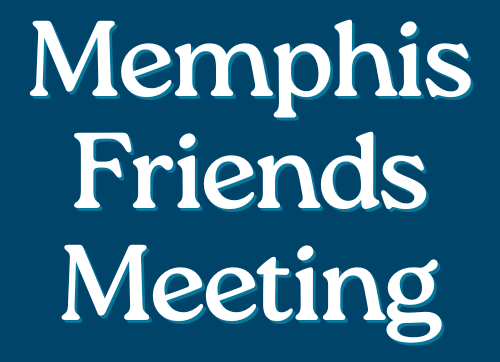
Is There a Quaker Personality?
By Khyber
I attended a workshop on using enneagrams for spiritual direction this January and it got me wondering about how personality interacts with belief and faith.
The enneagram method is a scientifically tested but ancient way of looking at people through nine personality types. (Ennea is Greek for nine.)
Although each type has its own characteristics, understanding the differences is a way of transcending types and becoming an expressed, developed person.
Within each enneagram lies its own vice, sometimes called passion, and its own virtue. By recognizing the vice and performing the virtue we can overcome the limitations of our type.
In the system we discussed, there is no better or worse type; the idea is to go beyond the type. This process reminds me of the progressive revelation that is part of the world view of some of us liberal Quakers.
Chatting with other Quakers, we sometimes bandy about the notion that there is a personality type drawn to Quaker worship — perhaps an introverted, intuitive feeling or a perceiving, judging sense, to use the Meyers-Briggs personality typography. We’re not being entirely serious but still it makes a certain sense to some of us.
I am glad to report that, at the retreat, there was no evidence of any personality type being excluded or preferred. In fact, my insight was that what we see as personality types are more often descriptive of a situational role, something we deduce from an activity – think Quaker worship – than of a personality type per se.
Surely, traditional Quaker examples do not all suggest the same type. What do we make of the reliance on conformity in dress and lifestyle in the early years? Quakers can be as fiery as Bayard Rustin, as extroverted as Levi Coffin or as hard to type as John Woolman or Margaret Fell. Acknowledging all of these types is a way of going beyond type to the full human experience of Quakers over the years.
The concern I have with enneagrams and every other method used to analyze and organize people is our testimony of Equality, an issue that we Quakers often struggle with as we work towards justice. How can we express the beautiful varieties of culture in all their differing glory and still see and treat them as equal? The enneagram as I learned it lets us see way opening; it illustrates that the differences are interwoven.
I wish I had more time and space to demonstrate this but suffice it to say that as we studied the enneagram, we saw how the types leaned on, fused with, and transformed one another, all in the same person.
